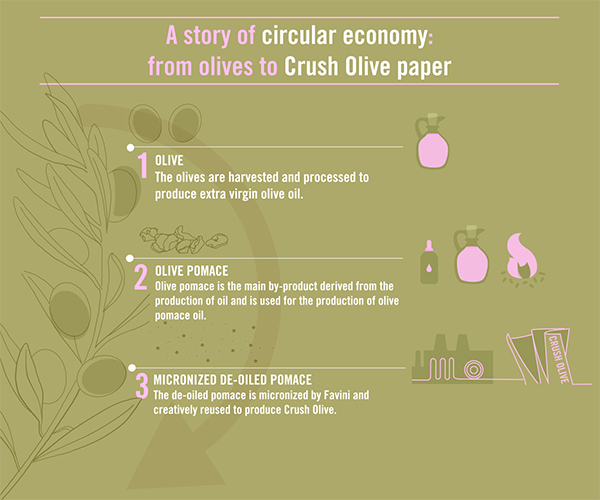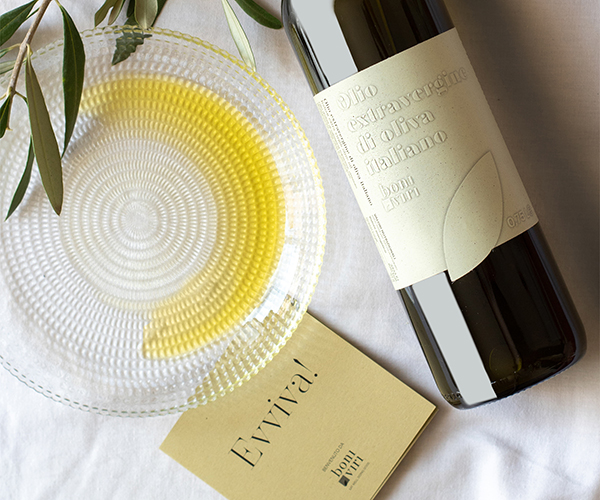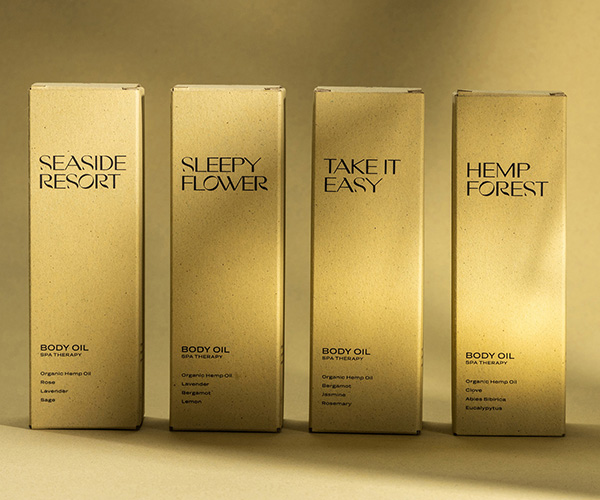It is now the time to tell the story of creative reuse of olive processing residues through to the production of Favini’s Olive Crush paper.
The cultivation of olive trees and the production of olive oil are characteristic of the Mediterranean area.
Europe produces about 80% of the world production of olive oil and among the major European producers there is Italy, together with Spain, Greece and Portugal.
The Italian production of extra virgin olive oil exceeds an estimated 300,000 tonnes for the 2019/2020 harvest season [1] and this in turn generates a significant amount of by-products. The presence of these residual materials can become an opportunity for the economy and the environment, if recovered and used according to a circular economy model.
Let’s find out how from the processing of the olives for the production of extra virgin olive oil, ranging through different processes and by-products, into the ecological paper Crush Olive produced by Favini.
Crush Olive: A circular economy case history, from olive grove to eco-sustainable paper
Extra virgin olive oil is commonly used in kitchen to season, cook and store food and is one of the main components of the Mediterranean diet. The oil is also used in cosmetics and in soap production, and used to be commonly used in medicine and as a fuel for oil lamps.

The life cycle of the oil starts from the olive harvest in the olive groves. Harvesting is done by the beating of the olive trees with sticks or tree shaking, alternatively it is machinery used to shake the tree and collect the olives in a net placed on the ground. After washing, the olives go to the milling phase, during which they become oil paste. This is a mass consisting of a solid part; composed of kernels, peel and pulp and also a liquid part, which is the juice of the olives.
Subsequently, a machine called kneader emulsifies the oil and paste. Then it is time for the extraction phase that separates the must from the pomace through the use of mechanical or hydraulic presses, alternatively by a centrifuge in accordance to traditional methods. [2]
After separating from the remaining water, the extra virgin olive oil is ready to be bottled and sold. During these manufacturing processes, production waste is generated, including olive pomace.
The olive pomace is the main by-product of the olive oil extraction process and comprises of peel, pulp residues and fragments of olive.
The pomace is recovered from pomace factories and is recycled within the agri-industrial sector to extract a further oil. This is achieved through specific pressing and centrifugation processes and includes the use of chemical solvents. Olive pomace oil is not only used in the food industry but also in cosmetics and in the energy field for production of biomass. [3] A further waste is generated from this process: de-oiled pomace.
At this point Favini intervenes, using de-oiled pomace and enhances it into a valuable raw material for the production of high quality ecological papers in line with the principles of the circular economy.

The de-oiled pomace is micronized in the mill of the Rossano Veneto plant and introduced into the pulper together with the mix of ingredients for the production of the paper. Crush Olive was created and is the first paper made with agro-industrial by-products to substitute up to 15% of tree cellulose. In addition to the by-products of olives, we also use the process residue from grape, cherry, lavender, corn, citrus, coffee, kiwi, hazelnut and almond.
Crush Story continues: eco-sustainable and recyclable papers for creative design projects
The life cycle of olives and its by-products does not end with the eco-sustainable paper Crush, which by recycling continues its new life.
This material conceived and produced by Favini reusing micronized residues of de-oiled pomace is ideal for creating different applications, which, after use, will be recycled and introduced into the paper production cycle according to a circular economy model.

Favini Crush Olive paper produced by the creative reuse of 15% olive processing by-products has been used to create catalogues, packaging, notebooks and many other design projects and communication material.

For example, on the left we see Boniviri’s communication material and labels; on the right the Grower Cosmetics packaging. And you, do you already know what to create?
For more inspiration on Crush to produce your own creative projects see Crush’s Pinterest board.
Have you used our ecological Crush paper and would you like to share the result on our social media feed? Contact us at social@favini.com with your piece of circular economy history.
Continue to follow the Crush Story:
- From citrus fruit to paper
- From bean to Crush Coffee
- From flower to Crush Lavender
- From cherry tree to Crush Cherry paper
- From corn crop to Crush paper
- From vineyards to Crush Grape
- From nut kernels into Crush paper
- From kiwi fruit to the ecological paper Crush
- From the bean to Crush Cocoa
- From coconut to paper
Click to find out more about Crush and request the swatch.


